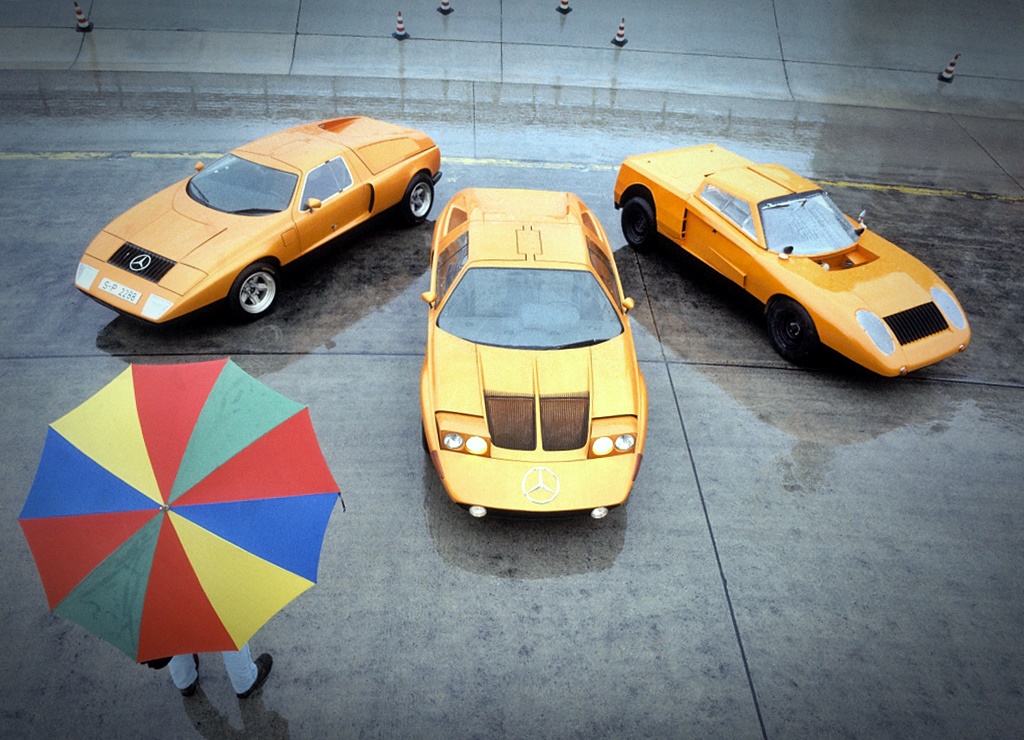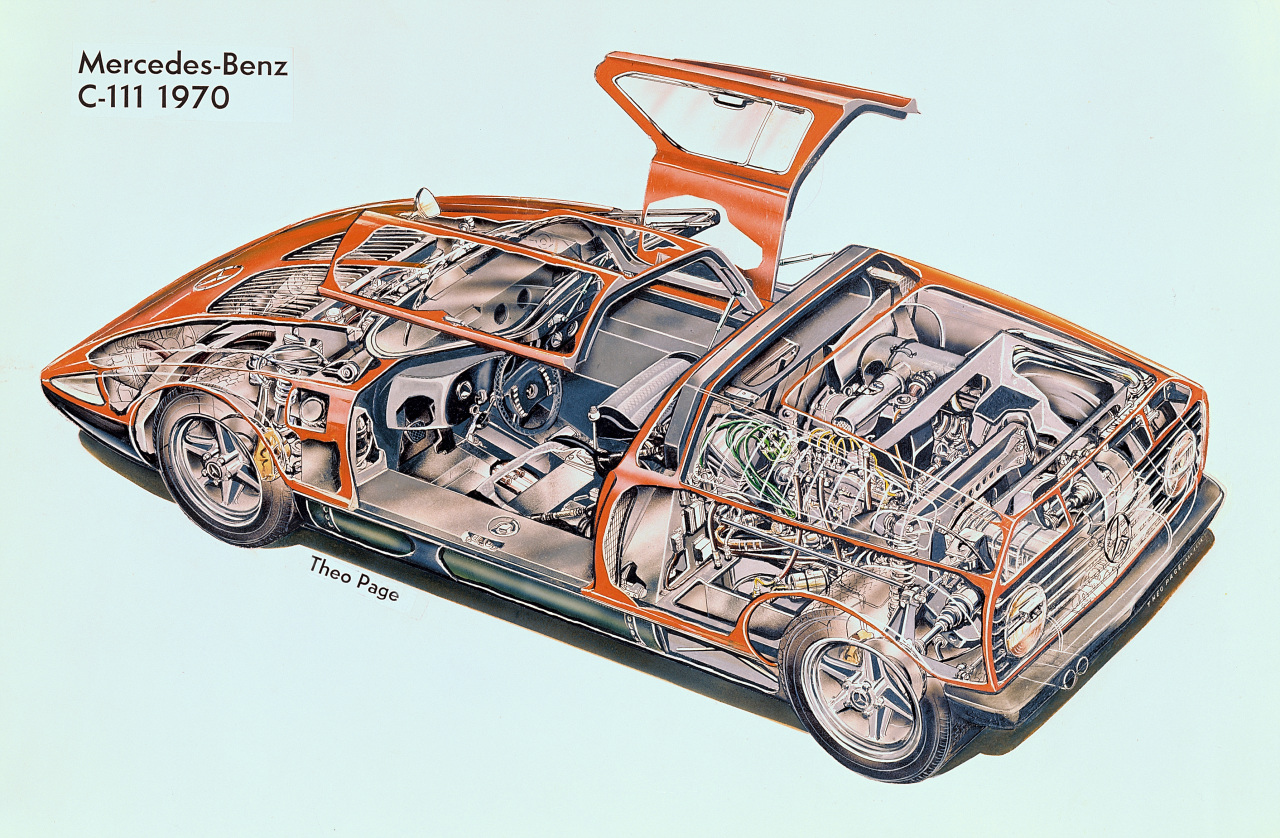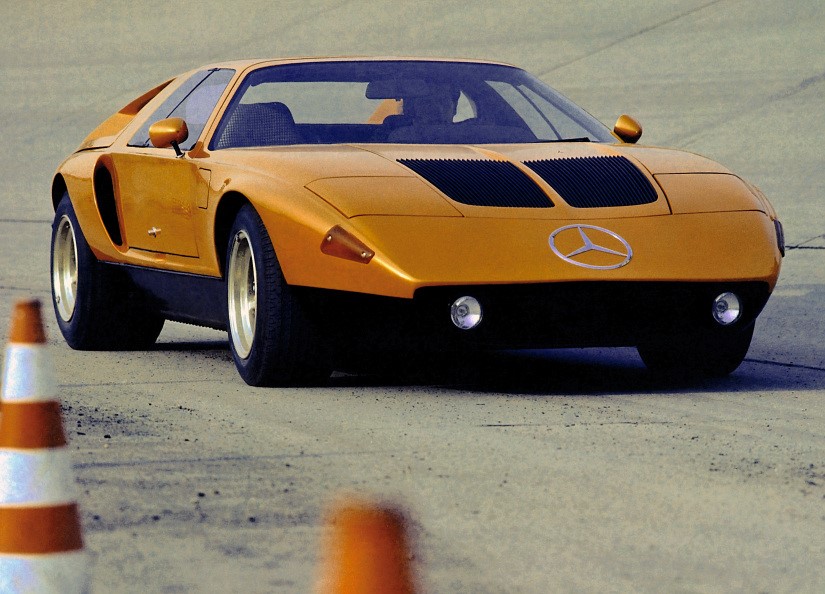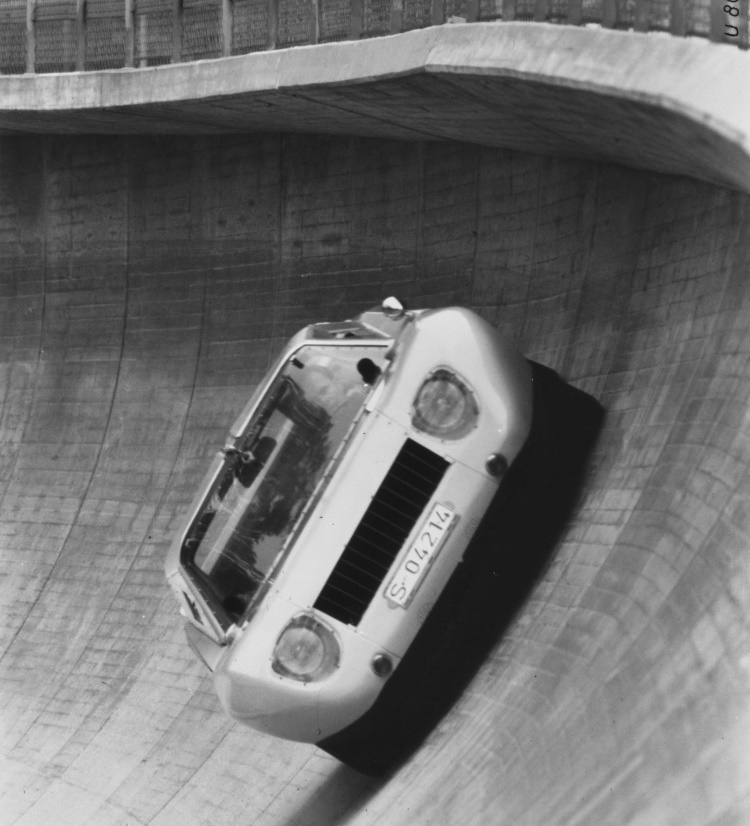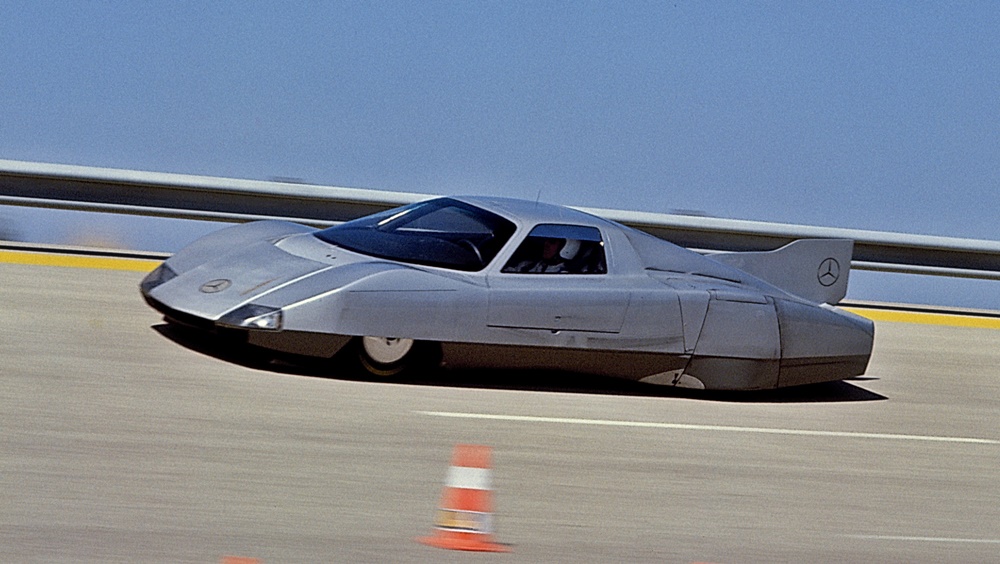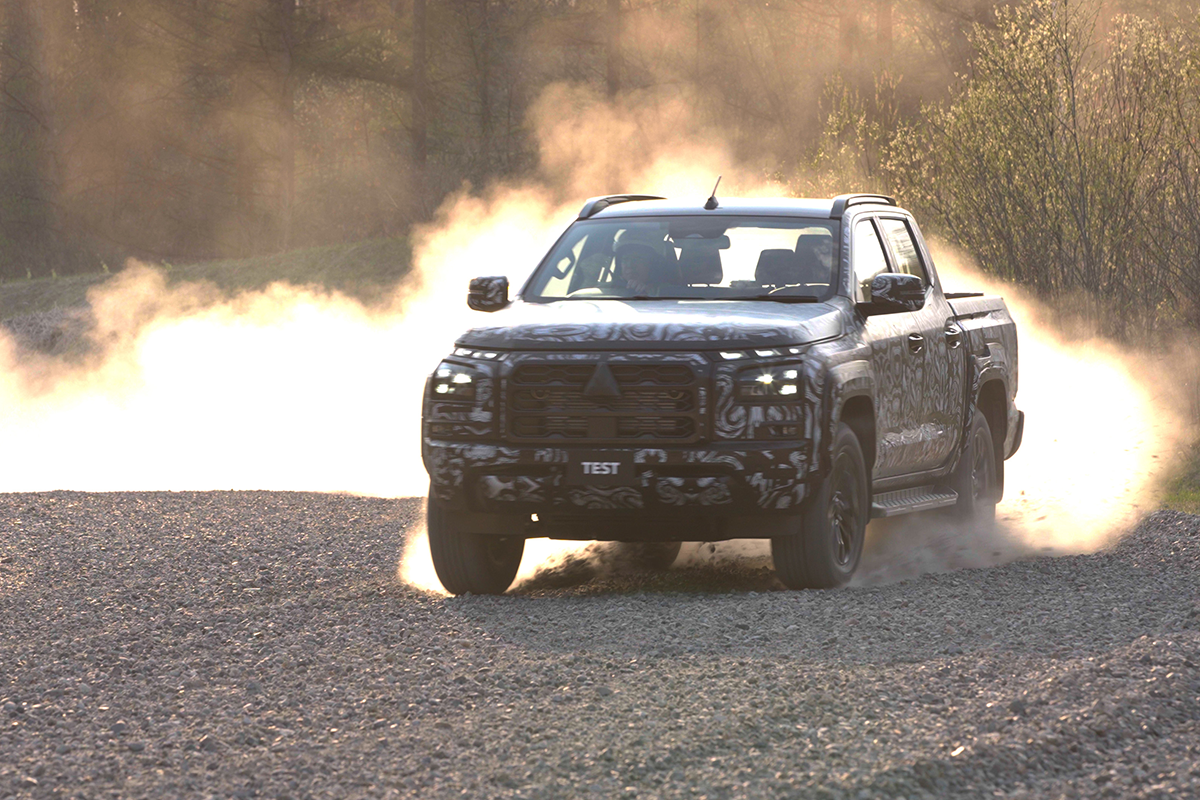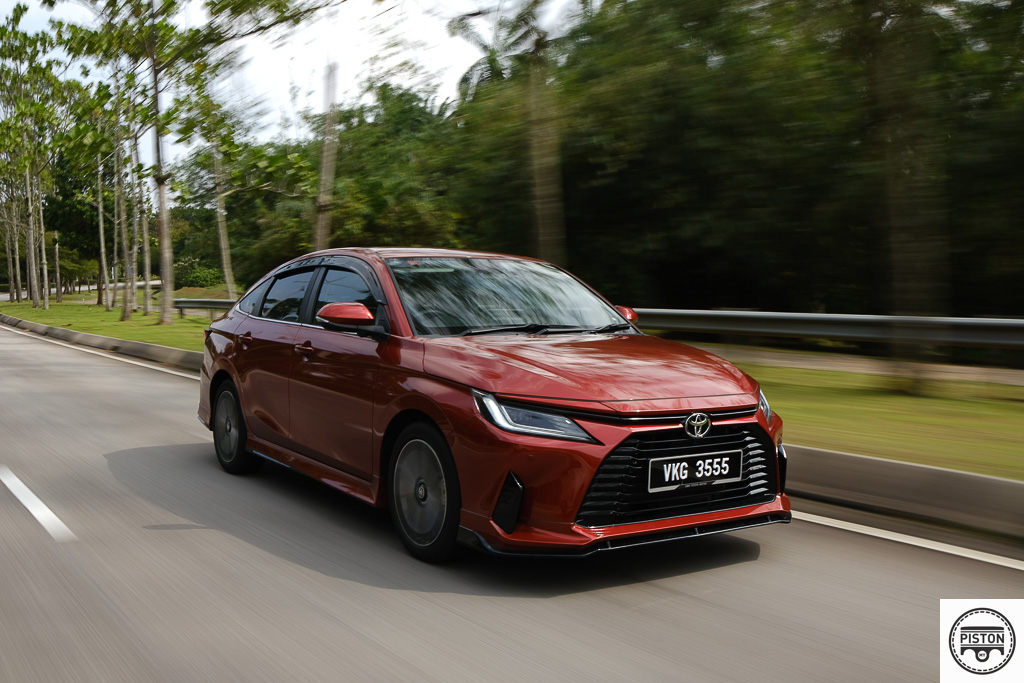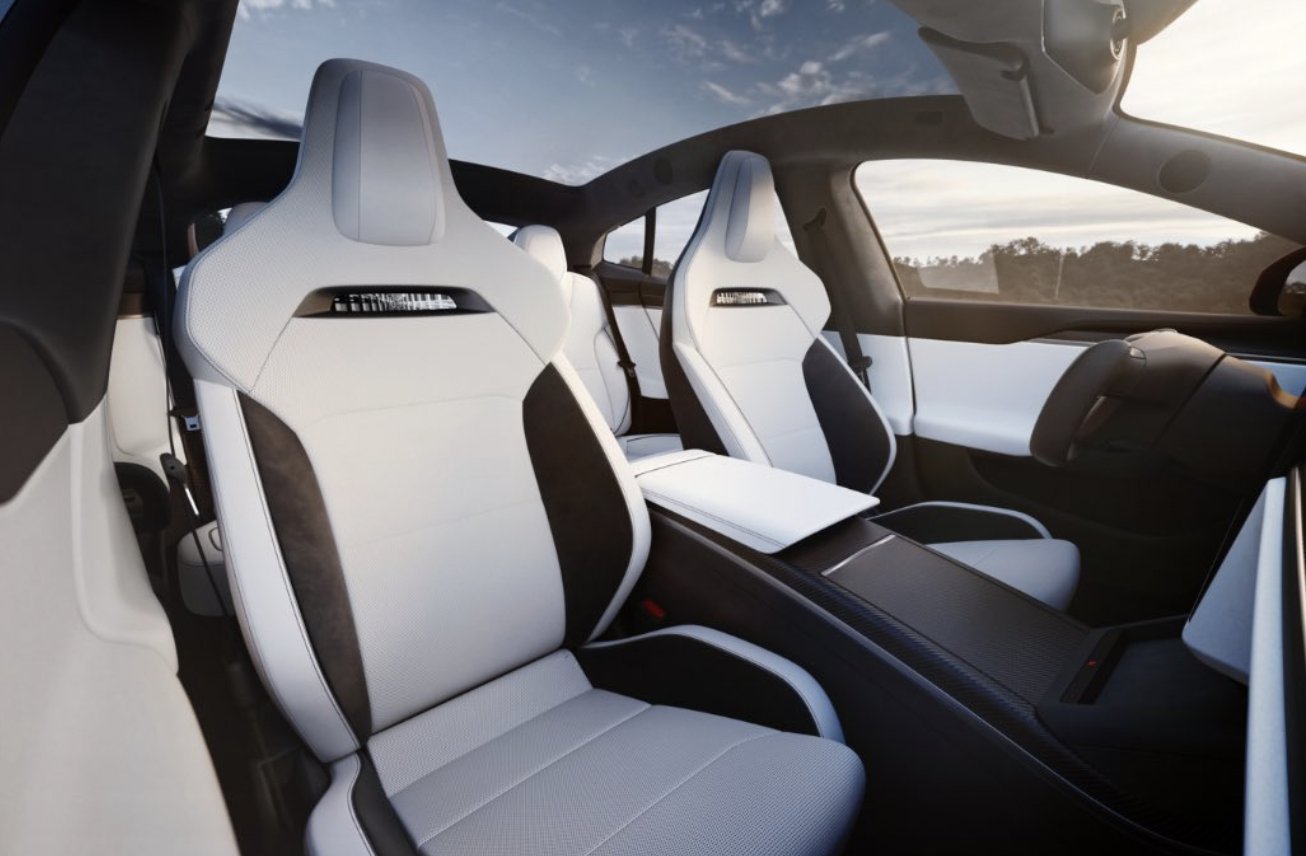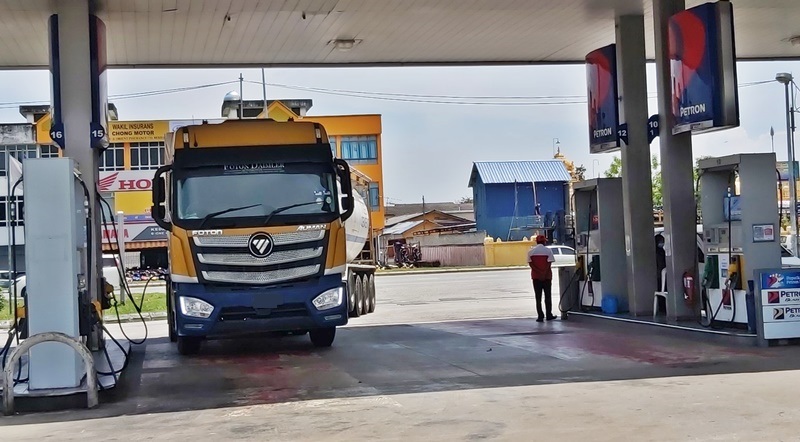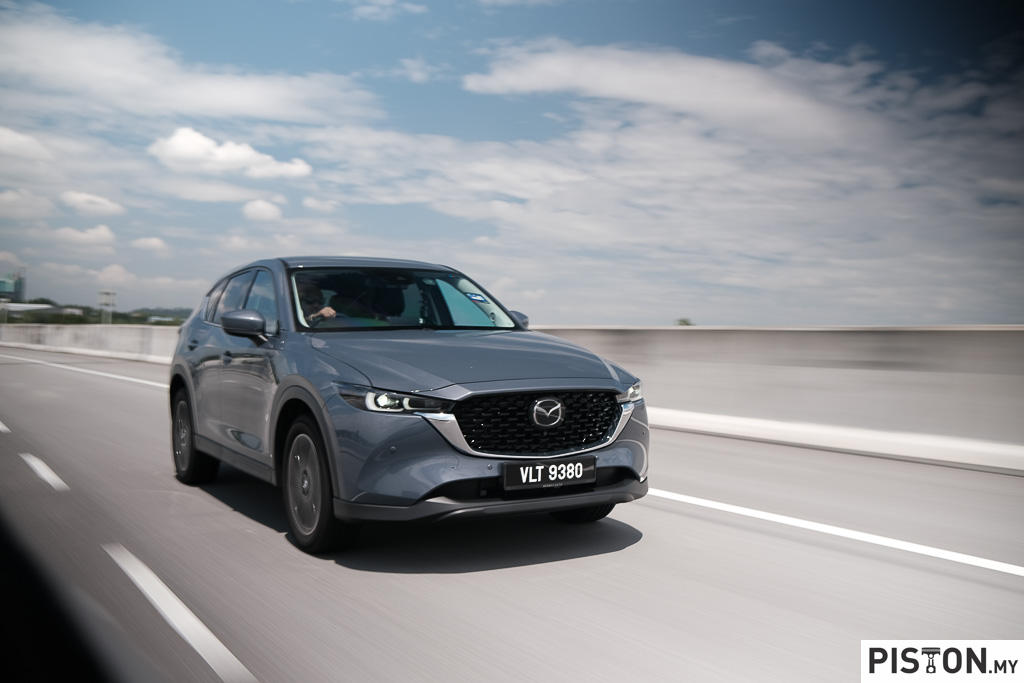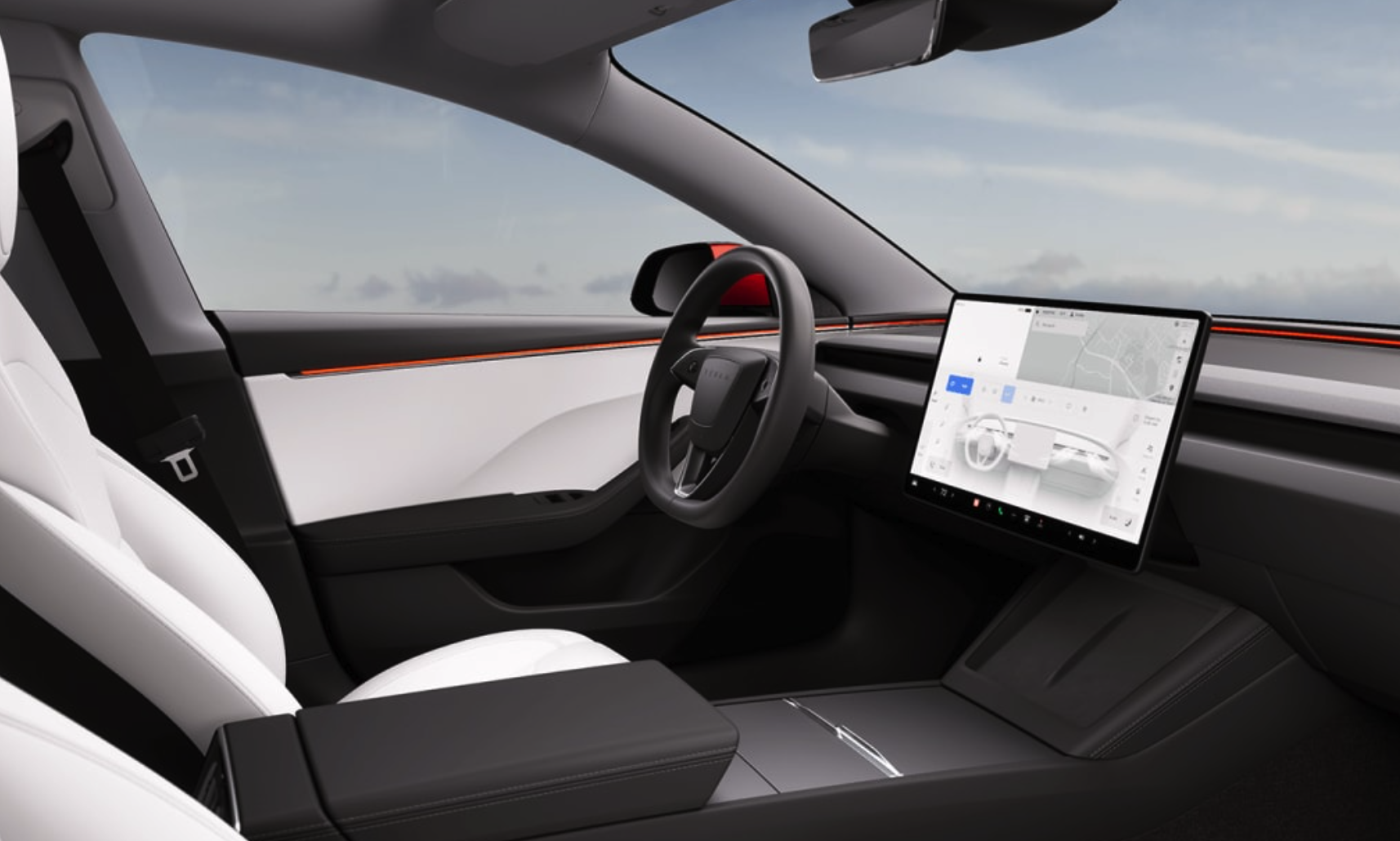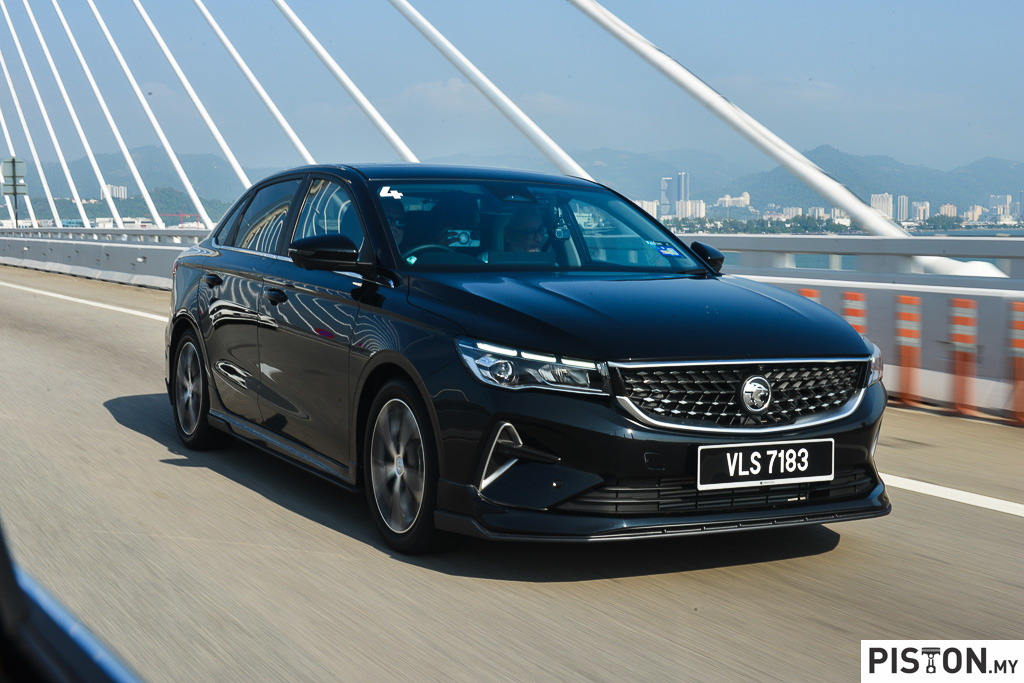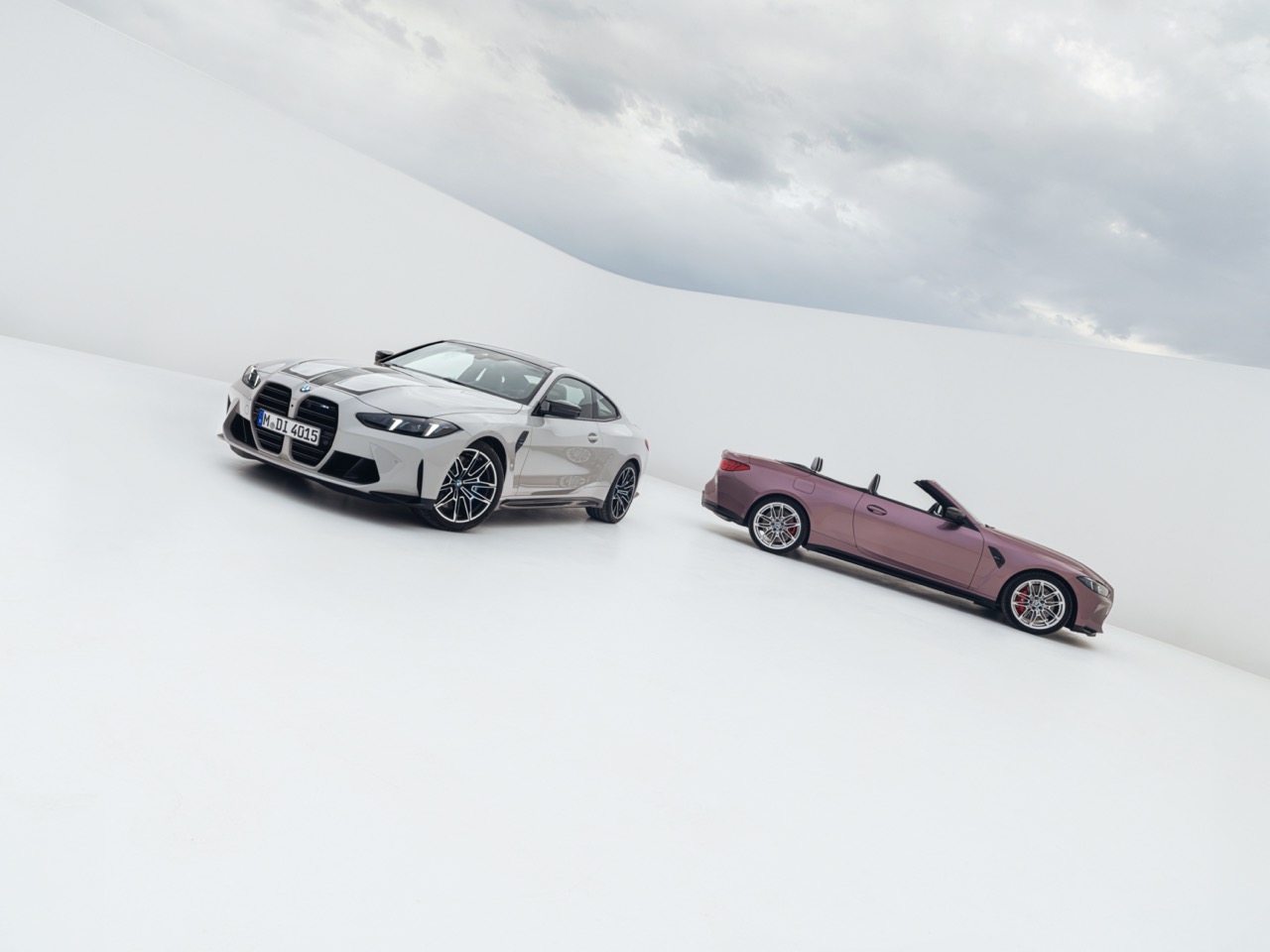Although most people only came to know about the rotary engine in the 1970s, Felix Wankel, who developed it, had received a patent in Germany as far back as 1929 and produced a working prototype at NSU (which would later become part of Audi) in 1957. The rotary engine was uniquely different from the reciprocating internal combustion engine and had besides its compactness and low weight, it also generated a high power output from a smaller displacement.
The engine was of great interest to many carmakers and at least 12 – including even Rolls-Royce – took licences to develop their own versions. However, apart from Mazda, which persevered to make it commercially viable and produced a number of models with rotary engines, the other companies eventually gave up work on it as they could not find solutions to its drawbacks.

Mercedes-Benz was interested
At Mercedes-Benz, the rotary engine certainly generated much interest. The company’s R&D department worked on it during the early 1960s, with a prototype SLX sportscar proposed using the engine. Even though the power and smoothness were attractions, fuel consumption and emissions were high and by 1976, Mercedes-Benz decided to end its rotary engine work.
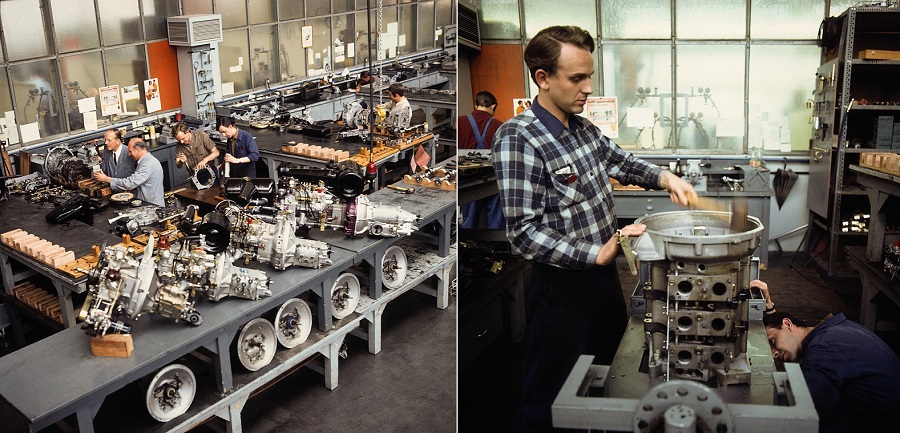
However, during the development period, the company decided to use the rotary engine as a highlight of a futuristic super sportscar – the C 111. The designation had started off as ‘C 101’ but Peugeot was known to be very protective of its model numbering system which had a ‘0’ in the middle of the 3 digits (eg 304, 505, etc) and Mercedes-Benz decided to avoid any issues with the French carmaker by changing to ‘C-111’. In fact, it is believed that Peugeot had even approached Mazda to get it to change the designation of its 808 model in the 1970s but the request was probably not entertained.
Debut of the C 111
It was displayed at the 1969 Frankfurt Motor Show as an experimental vehicle with only 12 units produced. Wealthy customers imagined the C 111 to be a successor to the legendary 300 SL ‘Gullwing’ of 1954 and even sent blank cheques to factory to try to get one!
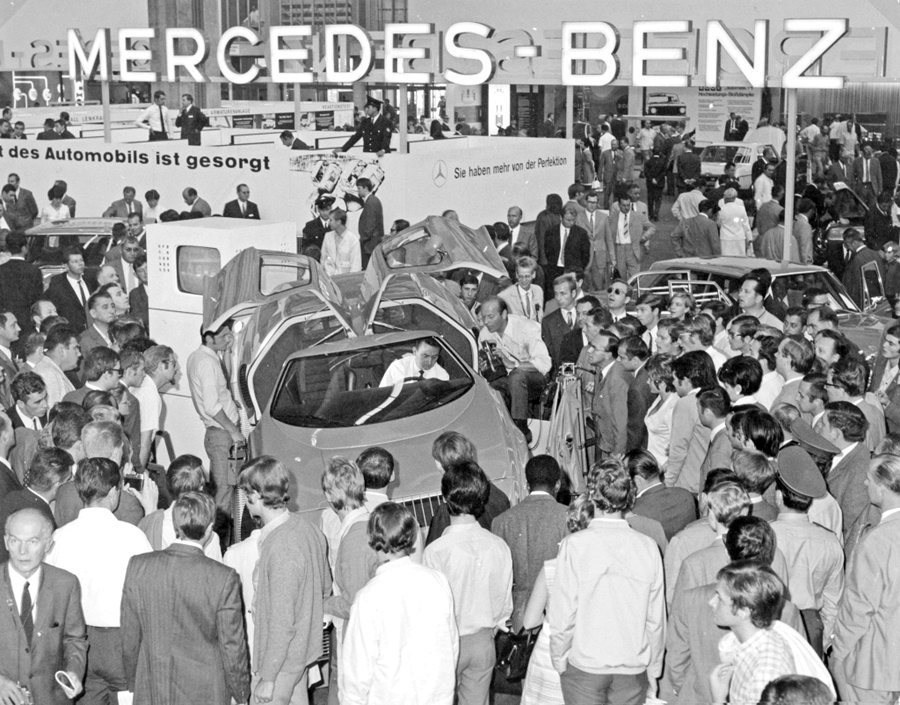
The C 111 was a fascinating mid-engine sportscar which allowed the engineers to explore the performance of the rotary engine. The first one used in 1969 had a 3-rotor design with a chamber volume of 3 times 600 cc which could produce 280 bhp. After further development, the second version of the C 111 presented at the Geneva Motor Show in 1970 featured a 4-rotor engine with 4 times 600 cc and 350 bhp.
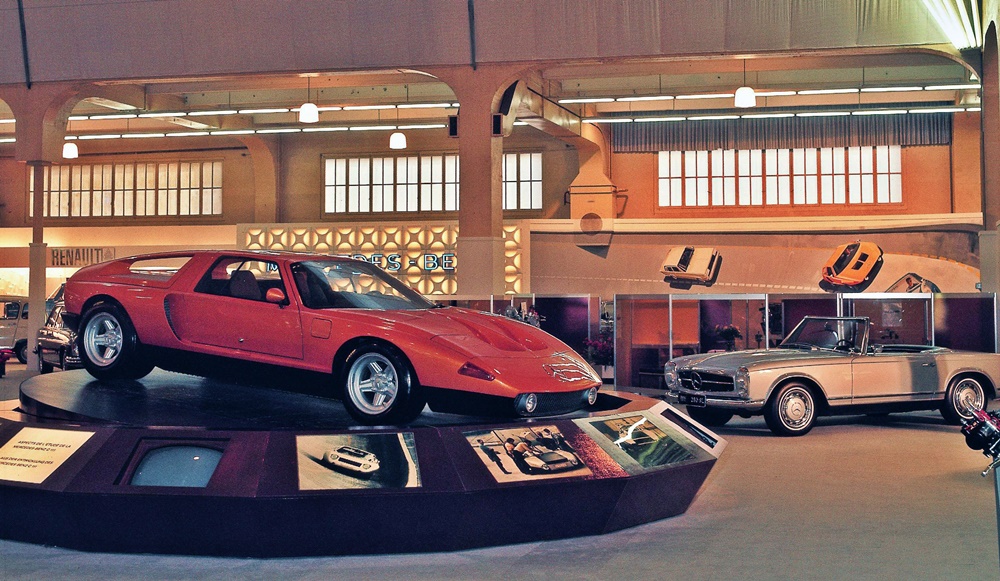
Running technology platform
Alongside the rotary engine, other technologies were tested in the C 111 like bodywork made of glass-fibre reinforced plastic and joining techniques such as adhesive bonding and riveting. This technological look into the future was underlined by the visionary design of the wedge-shaped super sportscar.
The iconic character of the C 111 was also reinforced by the unusual paint finish in metallic orange. The designation ‘Weissherbst’ derived from wine-making referred to the glowing orange/rosé colour of these popular wines. The vehicle displayed in Frankfurt was the first C 111 in this spectacular paint finish. The other vehicles in the first series, which were used as demonstration vehicles during the show, were still in a white paint finish, but were later likewise repainted in ‘Weissherbst’.
The rotary engine was not only visionary in concept but also delivered performance that was outstanding in its time. The first version of the C 111 reached a top speed of 260 km/h, and the second one even managed 300 km/h.
‘Second career’ as a record-breaker
In 1976, the C 111 appeared again as a record-breaking car with conventional reciprocating engines. Two versions with 5-cylinder turbodiesel engines were built, as well as the C 111-IV with a V8 petrol engine in 1979. On the high-speed track in Nardo, Italy, the C 111s established numerous new records, one of them the circuit world record with 403.978 km/h by the C 111-IV on May 5, 1979.
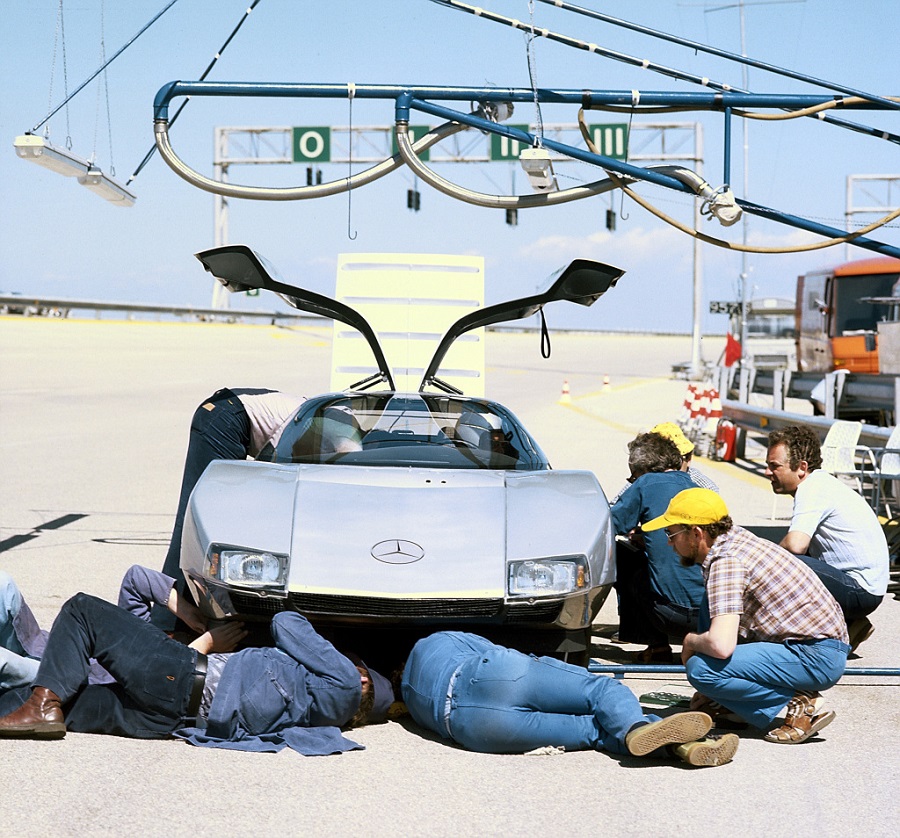
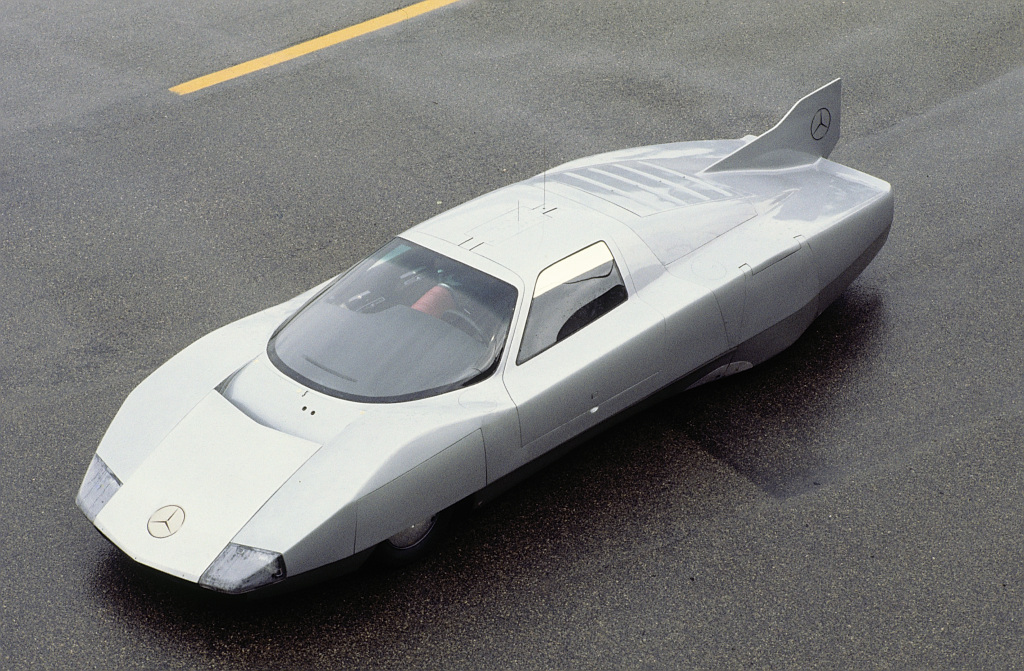
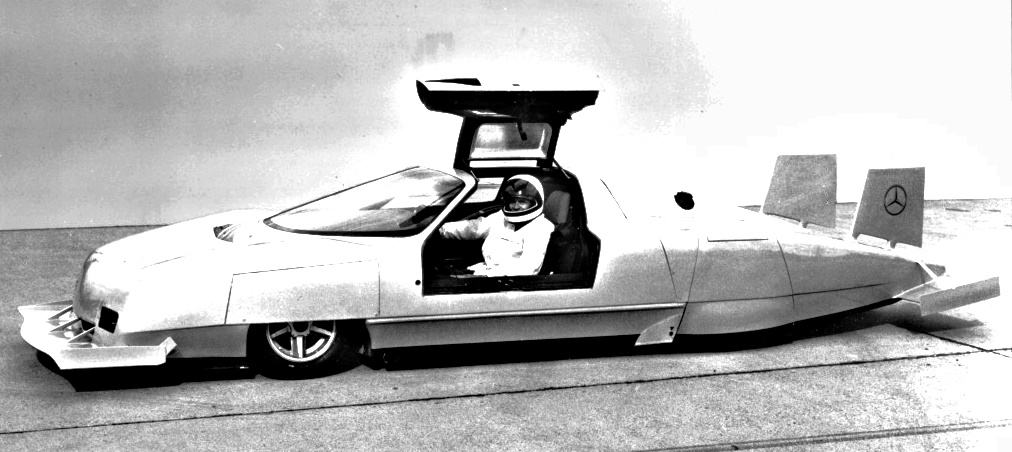
In 2014, the specialists at Mercedes-Benz Classic restored one of these dream sportscars from their collection to drivable condition. To preserve the few still available rotary engines for the future, they installed an M 116 3.5-litre V8 engine. This engine had already been installed in a C 111 for comparative and test purposes in 1970.
Click here for other news and articles about Mercedes-Benz.


